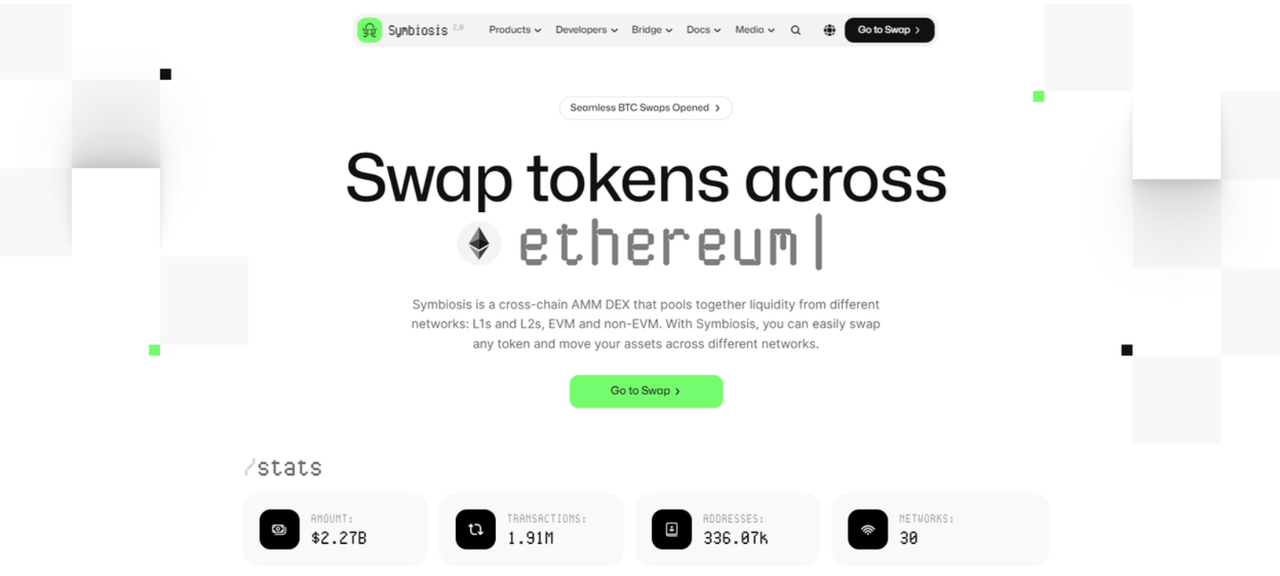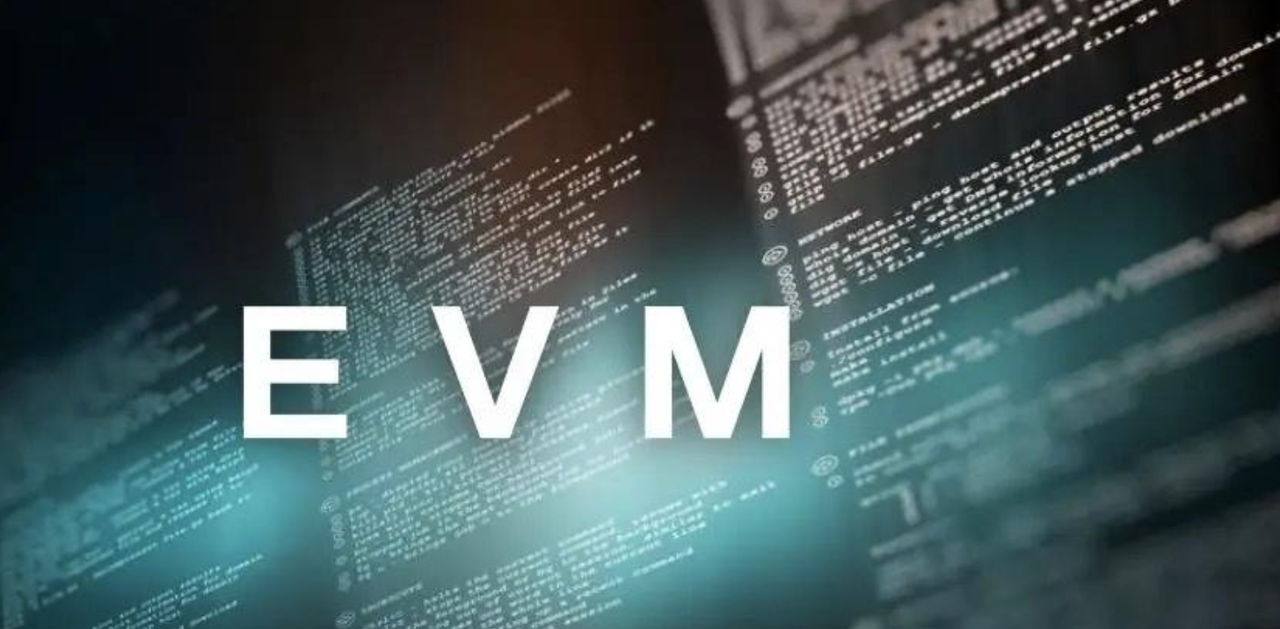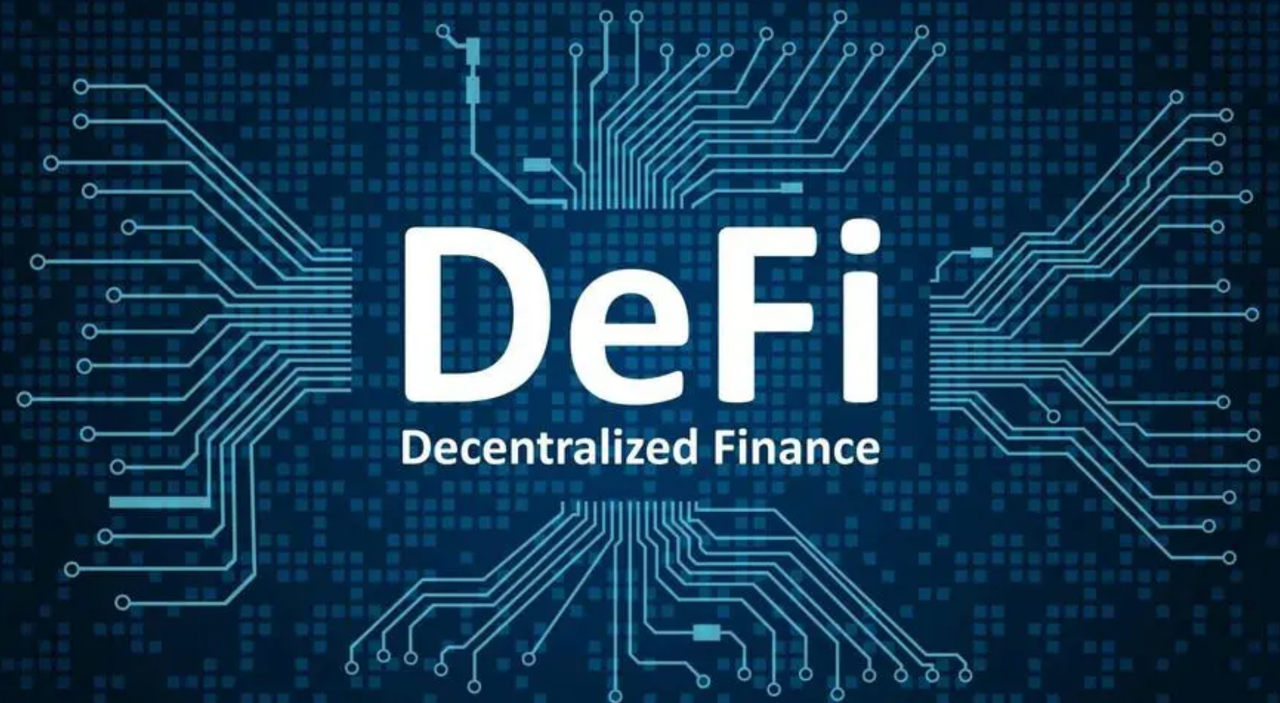With the rapid development of blockchain technology, the demand for cross-chain interoperability is increasing.
On May 10, 2024, the TON Foundation announced 14 funded projects, including Symbiosis, which connects TON with 27 chains.
Symbiosis is a decentralized cross-chain protocol. As of the latest data, its cumulative transaction amount is $22.7 billion, with 1.91 million transactions and 336,070 active addresses, covering 30 different networks. These data demonstrate Symbiosis's application in cross-chain technology and its user base.
Receiving support from the TON Foundation not only demonstrates Symbiosis's attractiveness in the primary market but also reflects the market's recognition of the concept of cross-chain liquidity aggregation.
Currently, with the rise of emerging public chains such as Solana, Avalanche, and Fantom, the demand for cross-chain assets is increasing. Symbiosis Finance has emerged in this market background, and its unique design allows it to capture opportunities in the emerging ecosystem.
Next, we will explore the specific advantages of Symbiosis in cross-chain technology and its future development direction.

01. Focus on Cross-Chain Liquidity Aggregation
Symbiosis Finance is a cross-chain AMM DEX designed to aggregate liquidity from different networks.
Whether it's Layer 1 or Layer 2, EVM-compatible chains, or non-EVM chains, Symbiosis can facilitate the free exchange of cross-chain assets. Users can freely exchange any two assets among ecosystems such as Ethereum, BSC, Polygon, Avalanche, and more through a single interface, providing great convenience for users.

The working principle of Symbiosis Finance can be summarized into three parts: DEX trade aggregator on the originating chain, decentralized cross-chain bridge, and DEX trade aggregator on the target chain. Specifically, when a user initiates a cross-chain transaction, Symbiosis Finance finds the best trading path on the originating chain and executes the transaction, then transfers the assets to the target chain through its decentralized cross-chain bridge, and finally completes the asset exchange on the target chain. This design not only simplifies the process of cross-chain transactions but also provides users with the best exchange prices and lowest transaction costs.
Through this three-step process, users can achieve instant exchange from assets on the Ethereum chain to assets on other chains at the most ideal price with just one transaction, greatly simplifying the overall operation process. In addition, Symbiosis Finance has built a bridge network supervised and confirmed by a large number of relay nodes, ensuring the decentralization, non-custodial, and security of cross-chain transactions.
02. Key Breakthrough in Multi-Chain Liquidity
As a decentralized multi-chain liquidity protocol, Symbiosis Finance has distinct advantages compared to competitors such as Multichain and THORChain.
Symbiosis allows users to trade any assets between different blockchains while maintaining sole ownership of the funds. Its unique interoperability and fully decentralized nature enable Symbiosis to provide users with the best trading experience and prices.
The core components of the Symbiosis protocol include the frontend, cross-chain liquidity engine, and relay network.
The frontend is a web interface or mobile application that helps users access asset information, build the best trading path, and sign transactions. The cross-chain liquidity engine runs on every blockchain supported by Symbiosis, responsible for managing aggregated cross-chain liquidity pools and off-chain routing mechanisms. The relay network is a decentralized P2P node network, where relayers monitor events issued by the cross-chain liquidity engine on various networks supported by Symbiosis, reach consensus, and send transactions to the corresponding blockchains.
Symbiosis's relay network not only achieves decentralized cross-chain transactions but also has a built-in incentive mechanism for encrypted economics. Anyone can join the relay network as a relayer by staking SIS tokens and participate in the consensus and transaction signing process. In addition, Symbiosis employs multi-party secure computation (MPC) and threshold signature protocols in the cross-chain process, ensuring the security and reliability of transactions.
What sets Symbiosis apart in cross-chain transactions is its support for a wide range of blockchain networks and token pairs, currently supporting over 30 blockchains and 430+ unique exchange pairs. Compared to other cross-chain bridges, Symbiosis has a clear advantage in flexibility and breadth of supporting cross-chain transactions, especially in supporting non-EVM chains and Bitcoin cross-chain transactions.
03. Record High in Cross-Chain Growth
The Symbiosis team has introduced several new features, including a native Bitcoin bridge, veSIS extension, and DAO voting. The native Bitcoin bridge has been launched on the testnet, enabling native Bitcoin exchanges with EVM-compatible blockchains. The SIS staking feature on the Linea Network has also been launched, allowing users to obtain veSIS by staking SIS tokens and enjoy staking rewards and reduced cross-chain fees. In addition, ZKsync's ZK token has been listed on Symbiosis, allowing users to perform cross-chain exchanges across 30+ blockchain networks.
Symbiosis also plans to add more blockchain networks to its WebApp and expand the pairing availability on existing blockchains. In the future, Symbiosis will continue to drive the development of cross-chain liquidity protocols, dedicated to providing users with more convenient and efficient cross-chain asset exchange services.

Based on the new networks and features, Symbiosis has achieved several important milestones in the past two weeks, including a transaction volume exceeding $20 billion, a cross-chain growth rate of 517.8%, and 437 unique exchange routes. Particularly in cross-chain growth, Symbiosis's Total Value Locked (TVL) has exceeded $11 million, with usage rates on some networks growing by over 600%.
Furthermore, Symbiosis is conducting a series of new activities, allowing users to earn token rewards when using the WebApp. For example, in the Mantle MNT incentive program, users can earn MNT token rewards by performing cross-chain exchanges with Mantle. Additionally, the ARB incentive activity is about to launch, allowing users to earn ARB tokens each time they exchange funds for Arbitrum. Symbiosis has also partnered with Taiko to launch the Trailblazers Journey, providing special XP points for the most active users.
Conclusion
As a key project in the DeFi field, Symbiosis Finance has demonstrated strong market potential and development prospects through its cross-chain liquidity aggregation functionality and expanding ecosystem. With the introduction of new features and the addition of more blockchain networks, Symbiosis will continue to lead the development of cross-chain technology, providing users with higher-quality services and experiences.
免责声明:本文章仅代表作者个人观点,不代表本平台的立场和观点。本文章仅供信息分享,不构成对任何人的任何投资建议。用户与作者之间的任何争议,与本平台无关。如网页中刊载的文章或图片涉及侵权,请提供相关的权利证明和身份证明发送邮件到support@aicoin.com,本平台相关工作人员将会进行核查。




